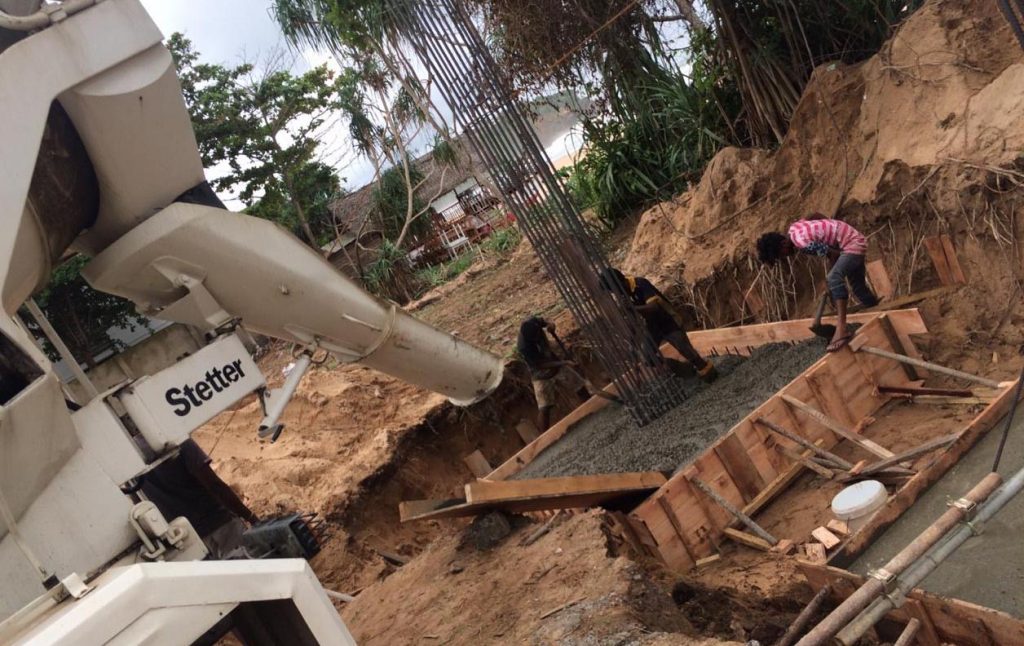Footings or footing foundations are quite common types of foundations in the construction of buildings and small-scale structures.
Let’s see the what is footing foundation.
- Footing foundation is a type of foundations
- It is a shallow foundation
- It is normally reinforced concrete structure
- Footing foundations are constructed to support columns or similar structures.
- They are used to support structures having low axial loads.
- Footings are rested on the soil having the adequate bearing capacity to carry the applied pressure.
Types of Foundations
There are different types of foundations based used to support the structures. However, they can be categorized under two main categories.
- Shallow Foundations
- Deep Foundations
In this article, we are discussing the shallow foundation types.
Types of Footing Foundations
- Continued wall foundation
- Isolated foundation is also called pad footings
- Combined foundations
- Strip footings
- Strap footings
Above are the main type of footing foundations. In addition, raft foundation could also be considered as the footing foundation though it generally covers a larger area.
In addition, they can be classified based on the nature of the structure or the structural arrangement. The following figure indicates the three different types of footings.
- Simple footings
- Sloped footing
- Stepped footing

Desing of Footing Foundations
Design of footing foundation is done for the serviceability limit state and ultimate limit state.
- Serviceability Limit State Design
Serviceability limit stage design is to check the serviceability requirements. The following are checked under the serviceability limit state.
-
- Check whether the applied pressure by the foundation on the soil is less than the allowable bearing capacity of the soil or sizing of the foundations shall be done in the manner that the allowable bearing capacity is less than the applied pressure.
- Select the grade of the concrete based on the durability requirements. The article, How to select concrete grade could be reffed for further information.
- Check the crack width of the footing where necessary.
- Ultimate Limit State Design
Foundation is designed for the ultimate limit state in addition to the serviceability limit state. The following procedure needs to be followed when designing footing foundations.
-
- Check the bending capacity of the footing.
- Check for the vertical line shear
- Check for punching shear
Some other articles related to the foundations could be referred to for further information.


